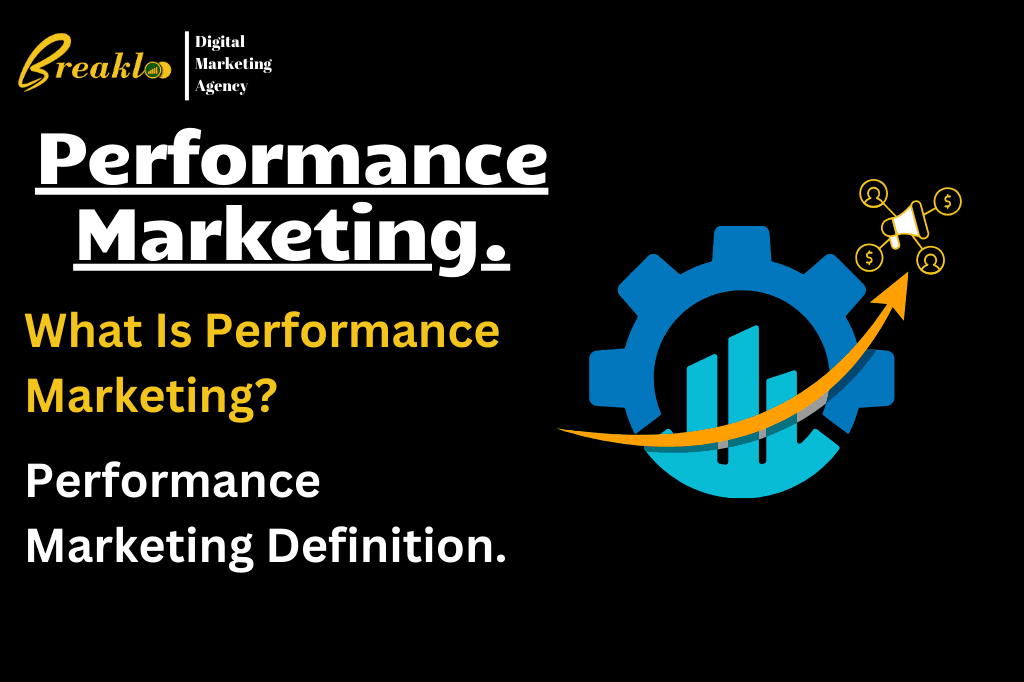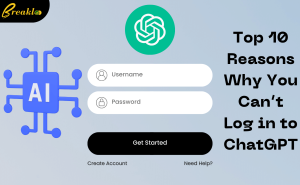What Is Performance Marketing? A Comprehensive Guide

In today’s fast-paced digital marketing world, businesses are increasingly focusing on measurable results and outcomes to maximize their return on investment (ROI). Enter performance marketing, a model that revolves around paying for results rather than potential. Whether you’re a brand manager, a performance marketer, or simply curious about how brands are making the most of their advertising dollars, this guide will take you through the definition of performance marketing, its benefits, strategies, and how to implement it effectively.
What Is Performance Marketing?
Performance marketing is a form of digital marketing where advertisers only pay for specific outcomes. Unlike traditional advertising, where payment is based on impressions or placements, performance marketing requires advertisers to pay only when a user completes a desired action, such as a sale, lead, or click. This performance-based marketing model ensures that businesses get the most out of their marketing spend by targeting specific, measurable goals.
Key Benefits of Performance Marketing
Performance marketing offers distinct advantages that make it highly appealing for businesses:
- Cost-Effectiveness: Since advertisers only pay for successful outcomes, performance-based marketing minimizes wasted spend.
- Targeted Campaigns: Performance marketing strategies allow for precise targeting and audience segmentation, which can lead to higher conversion rates.
- Measurable ROI: The effectiveness of each campaign is easily measurable, making it simpler to calculate ROI and assess overall marketing performance.
- Scalability: Advertisers can scale campaigns based on success, gradually increasing investment as they see positive results.
How Does Performance Marketing Work?
Performance marketing involves multiple channels, strategies, and tools to drive user engagement and conversion. The main players in a performance marketing ecosystem include advertisers, publishers, and third-party tracking platforms:
- Advertisers: The brands or companies aiming to achieve certain outcomes through performance-based advertising.
- Publishers: The digital platforms or websites where the ads are displayed.
- Tracking Platforms: These tools track and measure user actions, enabling accurate billing based on performance metrics.
Core Elements of Performance Marketing
- Performance Marketing Channels
- Search Engine Marketing (SEM): Ads placed on search engines to reach users with high intent.
- Social Media Ads: Platforms like Facebook, Instagram, and LinkedIn offer paid performance marketing options for targeting specific demographics.
- Display Ads: Banner or visual ads displayed on relevant websites to attract users.
- Affiliate Marketing: Partnerships with individuals or businesses to promote products and earn a commission for conversions.
- Influencer Marketing: Collaborations with influencers to promote products or services with a focus on trackable actions.
- Performance Marketing Strategies
- Cost Per Acquisition (CPA): Payment is based on acquiring new customers.
- Cost Per Click (CPC): The advertiser pays only when users click on the ad.
- Cost Per Lead (CPL): Payment occurs when a user signs up, subscribes, or submits information.
- Cost Per Sale (CPS): Advertisers pay when a user makes a purchase, making it one of the most outcome-driven strategies.
- Performance Marketing Tools Tools like Google Analytics, HubSpot, and SEMrush provide valuable insights and help optimize performance marketing campaigns by tracking user interactions and conversions.
Brand Marketing vs. Performance Marketing
Brand marketing focuses on creating awareness and building a positive brand image over time, while performance marketing is oriented around measurable, short-term results. While both are important, performance marketing offers immediate feedback and can be directly linked to sales and revenue goals.
Examples of Performance Marketing
Performance marketing examples can vary greatly across industries. Here are a few notable cases:
- E-commerce: Retailers frequently use Google Shopping ads, which operate on a CPC model, targeting users searching for specific products.
- Subscription Services: Businesses like streaming platforms or fitness apps use cost-per-lead models to attract potential customers who sign up for free trials.
- Affiliate Marketing in Finance: Financial services often partner with affiliates who promote credit cards, loans, or banking products, earning commission on approved applications.
These examples illustrate the versatility and success that brands can achieve with the right performance marketing strategy.
Setting Up a Performance Marketing Campaign
- Define Clear Goals: Identify the desired outcome, such as increased sales, lead generation, or clicks. Be specific, as it helps in measuring the campaign’s success.
- Choose the Right Channels: Based on your goals, pick channels that suit your target audience and the desired outcome. For instance, if you want leads, LinkedIn may be more suitable for B2B, while Instagram or Facebook could work well for consumer products.
- Select KPIs and Metrics: Key performance indicators (KPIs) like CPA, CPC, or CPS allow for precise measurement of each campaign. Tracking these metrics helps in making data-driven decisions and optimizing performance.
- Work with a Performance Marketing Agency: A digital performance marketing agency can bring in expertise, technology, and experience to help maximize ROI. Agencies often specialize in identifying profitable performance marketing channels and optimizing campaigns for success.
- Implement Tracking Software: Use performance marketing tracking software like Google Analytics, Google Tag Manager, or affiliate platforms like CJ Affiliate to monitor and analyze campaign data.
- Optimize and Scale: As you begin to see positive results, scale your campaigns by increasing the budget and expanding to new channels. Optimization should be an ongoing effort to adapt to new trends and algorithms.
Performance Marketing Optimization Tips
To ensure high-performance campaigns, here are a few tips to keep in mind:
- A/B Testing: Regularly test different ad creatives, copy, and call-to-action buttons to identify what performs best.
- Audience Targeting: Use audience segmentation to target users based on demographics, interests, and behavior. This helps in reaching the most likely customers.
- Landing Page Optimization: Ensure that landing pages are mobile-friendly, fast-loading, and designed to encourage conversions.
- Budget Allocation: Use data-driven insights to allocate budgets more effectively toward high-performing channels or campaigns.
- Analytics and Reporting: Make use of analytics tools to gather performance data. Regular reporting allows for real-time adjustments, making campaigns more efficient.
Performance Marketing Tools and Software
A successful performance marketing campaign depends heavily on the right tools:
- Google Ads: For CPC and CPA-based advertising.
- Facebook Ads Manager: For managing and optimizing social media campaigns.
- Google Analytics: To track website performance and measure conversions.
- HubSpot: A CRM tool with robust tracking for performance-based campaigns.
- CJ Affiliate: For managing affiliate partnerships and tracking commission-based results.
Each tool offers unique features for monitoring and optimizing campaigns, making it easier to track progress and evaluate the effectiveness of strategies.
Careers in Performance Marketing
With the growing importance of performance marketing, there are many opportunities for individuals looking to specialize in this field:
- Performance Marketing Manager: Responsible for overseeing performance-based campaigns, managing budgets, and ensuring ROI targets are met.
- Digital Performance Analyst: Tracks campaign metrics, analyzing performance to inform optimization decisions.
- Affiliate Marketing Specialist: Manages partnerships with affiliates and monitors their contributions to conversions.
Performance marketing offers a dynamic, data-driven career path that combines creativity with analytical skills, making it a great fit for those passionate about digital marketing.
Brand vs. Performance Marketing: Finding the Balance
While marketing focuses on measurable results, brand marketing is essential for creating a long-term brand image and fostering customer loyalty. By balancing both strategies, companies can build a reputable brand while achieving immediate goals.
Conclusion: Is Performance Marketing Right for You?
Performance marketing offers a powerful way to target specific outcomes, making it ideal for businesses looking for immediate returns on their advertising investments. By implementing the right marketing strategy, leveraging appropriate channels, and consistently optimizing campaigns, companies can drive more sales, leads, and engagement in a cost-effective way.
Whether you’re exploring digital performance marketing for the first time or seeking ways to improve your current campaigns, understanding the nuances of performance-based advertising can give your brand a competitive edge in today’s digital marketplace. Embrace the advantages of this data-driven approach, and you may find that performance marketing transforms your business’s digital success.



